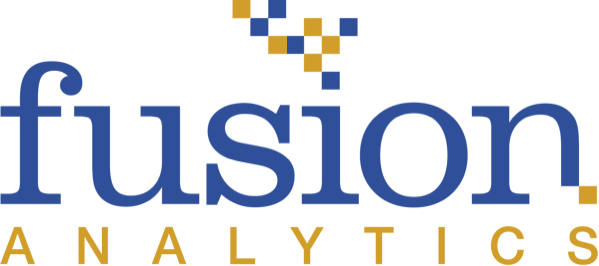In conversations with executives and data users, Fusion Analytics often challenges related to their massive Data Lakes – “The data is noisy, biased and disjointed. I don’t know what to do with it.” To address this Data Chaos, begin by asking “What decisions am I trying to make?”
For instance, you would like to know “Which product category would generate the biggest growth opportunity”. To evaluate each product category’s potential, we begin by filtering out irrelevant metrics and data upfront, simplifying the Data Lake that you need to work with.
Each key decision necessitates multiple metrics for a comprehensive view. Organizing these metrics in the right sequence helps reveal how impact flows from one to another, connecting the dots to tell a holistic story.
Using the example above, the sequence of key metrics includes:
- Industry size: What is the market size of each product category? Which ones are growing?
- Market share: How much of the market do we currently hold? What growth potential remains?
- Competitive landscape: If there’s growth potential, which competitors should we care about? How much market share do they hold?
- Customer segments: How big is the market size of each segment? Are there under-served while lucrative segments for us to target?
- Brand, visits and conversion: How strong is our brand? Do we attract visits? How well do we convert visits into sales effectively?
Each metric identifies specific data sources within the Data Lake. For example, market share can be derived from government industry data and 3rd research data. Meanwhile, metrics like brand, visit and conversion require data from brand health, visit counter, POS/customer purchased data, and more.
A single data source rarely paints the full picture, and raw data can be noisy, biased, and disjointed. Transforming multiple data sources into key metrics enhances quality and clarity, empowering confident decision-making.
Metrics Influence Data Enrichment
To create Meaningful Metrics, it is crucial to remove noise and bias as well as connecting data sources together. Filtering represents the first step in Fusion Analytics’ Data Enrichment Engines, designed to address these data quality challenges and transform polluted data chaos into intelligence.
They include:
- Filtering Data: Filter and refine data by smoothing out inconsistencies and filling in gaps, to improve quality, removing noise, leaving only signals.
- Unifying Sources: Unify multiple data-streams to triangulate a true metric trend that is broader, more accurate and more precise than individual sources alone.
- Synchronize Trends: Synchronize data and trends in a decision-driven framework so that every data point is linked to specific business outcomes.
- Equalize Insights: Equalize data for true comparability over time regardless of any data changes, so reporting is never interrupted.
If you’re tired of battling unreliable data and its negative consequences, Fusion Analytics is here to assist. Let’s collaborate and uncover meaningful insights that foster confident decision-marking.
Contact Fusion Analytics – The Metric Improvement Company today for a demonstration.

